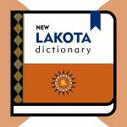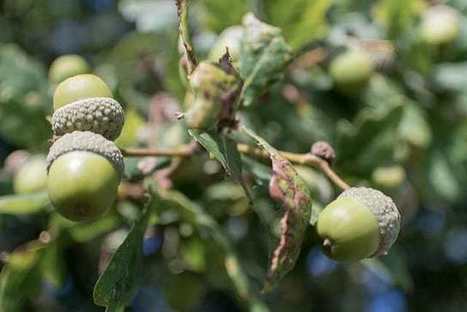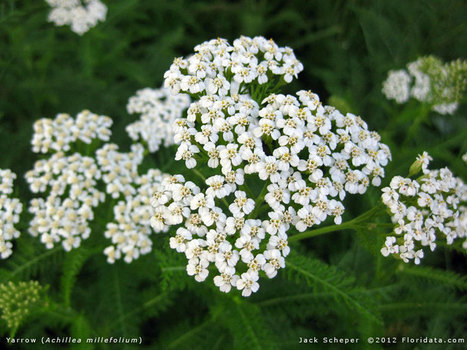Follow, research and publish the best content
Get Started for FREE
Sign up with Facebook Sign up with X
I don't have a Facebook or a X account
Already have an account: Login

 Your new post is loading... Your new post is loading...
 Your new post is loading... Your new post is loading...
|
|


















Visit this site to learn more about the Oglala Lakota College, an American Indian college, located in Kyle, South Dakota. For more information, visit: https://collegefund.org/about-us/tribal-college-map/oglala-lakota-college/